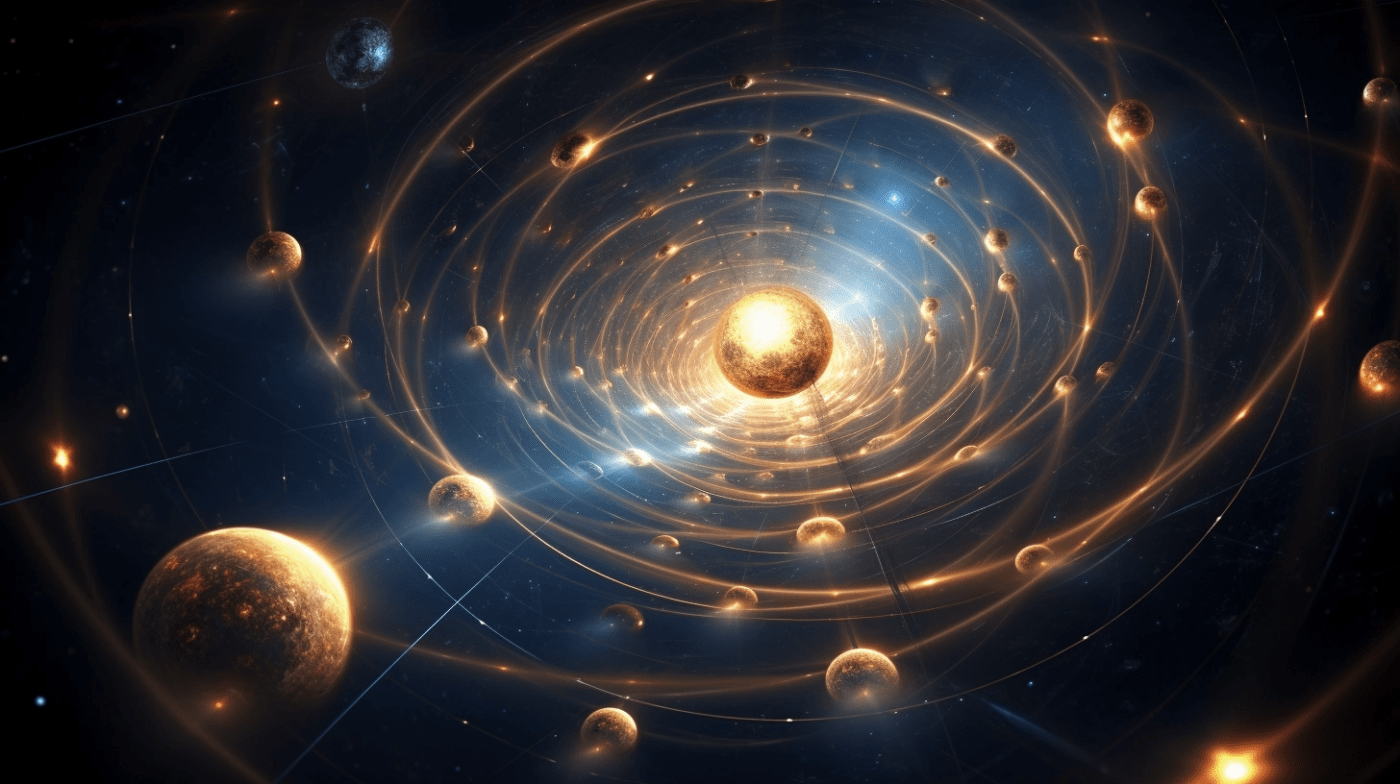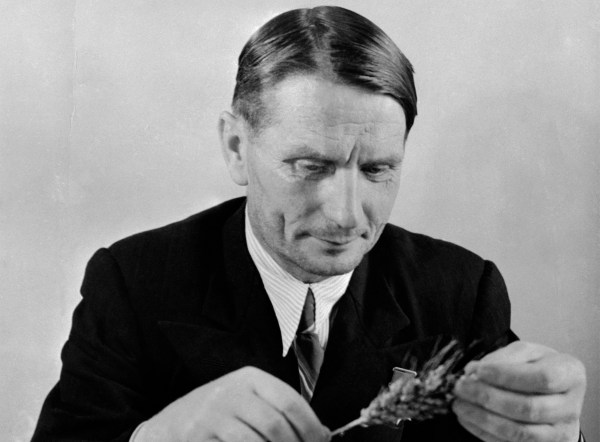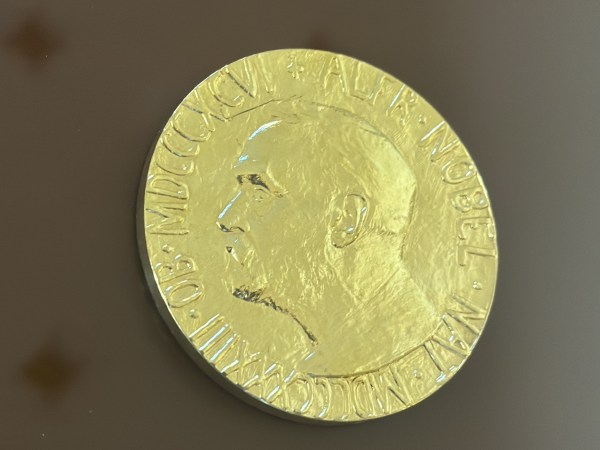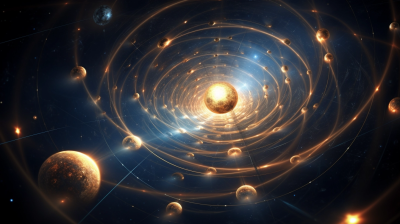Ross Douthat was mostly right in his excellent November 15 New York Times column, which ended with this: “The world is much stranger than the secular imagination thinks.”
But the secular imagination, except for those dogmatic in atheism, is concluding that the world is a very strange place. That conclusion was not popular when I became a teenager 60 years ago.
Back then I learned an object can be a wave or a particle, but not both. Similarly, I learned an object has to be somewhere, not both here and there, and an object cannot affect another instantly over a huge distance. Since then, the growth of quantum physics has undercut those understandings: If you’re curious, look up “wave-particle duality,” “superposition,” and “entanglement.”
Five years ago the very sober University of Chicago Press published former Nature editor Philip Ball’s overview of quantum physics, aptly titled Beyond Weird. “There are many ways of interpreting quantum theory (and none of them quite makes sense),” Ball wrote. And regarding quantum analysis: “Whatever the question, the answer is ‘Yes’ (unless it’s ‘No’).”
After trying to understand a few books on the subject, I can say that quantum physics is now hugely important among physicists, and also hugely worrisome. Ball quoted two now-dead science giants. Richard Feynman said, “I hope you can accept Nature as she is—absurd.” Edwin Jaynes wrote that our knowledge of how the world works is now “all scrambled up by [Werner] Heisenberg and [Niels] Bohr into an omelette that nobody has seen how to unscramble.”
Moving to the still living, Israeli physicist Yakir Aharonov says, “We need to critically revisit our most basic assumptions about nature.” Stanford physicist Leonard Susskind acknowledges that quantum physics leads us “into a view of reality that is radically different from the classical view.” Ball’s summary: “Quantum physics implies that the world comes from a quite different place than the conventional notion of particles becoming atoms becoming stars and planets.”
But what is that place? The most memorable moment in one of my junior high school science classes came when the teacher asked Steve, a short boy, to do some experiment that involved him at the front of the room touching the chest of Ellen, the most, uh, developed girl in the class. I have no memory of what the experiment was, and today that teacher would be brought up on charges, but I do remember the teacher telling poor Steve, “Go ahead. It’s just skin and fat.”
Well, breasts are not just skin and fat, and the universe is not just particles and atoms. Twentieth century materialists gradually recognized what Albert Einstein, who first wrote about “quanta” in 1905, later complained about: Quantum physics suggests that “spooky action at a distance” is occurring. Newtonian physics tells us what happens when one billiard ball hits another, but in quantum physics wavelike particles can apparently affect others that are vast distances away. How? Why? No one knows, but here’s what for some is beyond weird: The universe is flush with nonreciprocal interactivity.
I once briefly met John Archibald Wheeler, the theoretical physicist who helped to create nuclear weapons and taught at Princeton until he turned 65 in 1976. He then became for 10 years probably the most distinguished professor at the University of Texas at Austin—I was also on the faculty, competing for the least distinguished prize. Yet Wheeler said the new quantum understandings made him “feel like an explorer from a faraway land who has come for the first time upon the automobile. It is obviously meant for use, and important use, but what use?”
For what use? Why? That brings me back to the title of Douthat’s recent column: “Where does religion come from?” It began with the announcement by Ayaan Hirsi Ali, the ex-Muslim champion of Enlightenment liberalism, that she is now a Christian.
Douthat wrote about “people having largely unlooked-for encounters with entities that defy easy categorization and explanation.” Such encounters, he said, are similar to “the supernatural experiences … brushes with the gods” in pre-modern societies. Then and now the result is “a landscape of destabilized agnosticism, filled with competing theories about what’s actually going on.”
What? Many of us think we’re beyond destabilization, but that’s true only if we ignore quantum weirdness.
Cornell physicist David Mermin tried to. He advised students to “shut up and calculate,” thus treating quantum questions as mathematical puzzles rather than invitations to wonder. Even Mermin, though, acknowledged his “sporadic flashes of feeling that I may actually be starting to understand what [Niels] Bohr was talking about…. Sometimes the sensation persists for many minutes. It’s a little like a religious experience.”
Many people have such sporadic flashes. For example, science research website Frontiers, attempting to explain to children “The Mysterious ‘Land’ of Quantum Physics,” offers this guide: “In general, measurement in the quantum world is strange and completely different from the way people thought about measurement using classical physics. In the old ‘land,’ we could photograph a falling stone, and the photograph would not affect the stone in the slightest—it would continue to fall as if nothing had happened. Not so in this new land!”
The website continues: “When photographing an electron, the photograph significantly affects the location or the speed of the electron! Physicists still cannot explain this fascinating effect. Does the measuring always change the thing being measured? If so, what was the electron before we measured it? Maybe it was something completely different, and only the fact that we measured it caused it to ‘become’ an electron.”
That mix of objectivity and subjectivity reminds me of how I understand both God’s sovereignty and man’s liberty. God ordains everything that happens: He’s a playwright who has written every scene of the play. But none of us has read the script, so we’re making up our lines moment by moment. Quantum physics: Electrons moving, but photographing them affects path and speed. Why? How? Quantum theology: God’s mind doesn’t change, but he tells us to pray, and somehow our prayers affect the outcome.
Philip Ball in Beyond Weird summarized the reluctance of some to admit ignorance about quantum matters: “Only a few decades ago, professing a serious interest in the topic could be tantamount to career suicide for a young physicist.” But John Wheeler in 1998 lamented the “shut up” reaction and those unwilling to recognize “desperate puzzlement … I want to recapture that feeling for all, even if it is my last act on earth.” Ten years later Wheeler’s last act on earth was dying, apparently disappointed.
Proponents of “intelligent design” theory know that proposing one answer regarding quantum mysteries—that the universe is created—is not “tantamount” to anything: It is career suicide. And yet, enormous evidence that our universe is fine-tuned for life is available just a click away in standard sources like the Stanford Encyclopedia of Philosophy. The constants it lists as fine-tuned for life include the strength of gravity, masses of quarks, nuclear forces, energy density, and many others. The odds against such precision naturally arising are enormous.
The existence of our Goldilocks planet in a just-right Goldilocks universe has led some scientists to “desperate puzzlement,” and sometimes even belief in God.






Please note that we at The Dispatch hold ourselves, our work, and our commenters to a higher standard than other places on the internet. We welcome comments that foster genuine debate or discussion—including comments critical of us or our work—but responses that include ad hominem attacks on fellow Dispatch members or are intended to stoke fear and anger may be moderated.
With your membership, you only have the ability to comment on The Morning Dispatch articles. Consider upgrading to join the conversation everywhere.